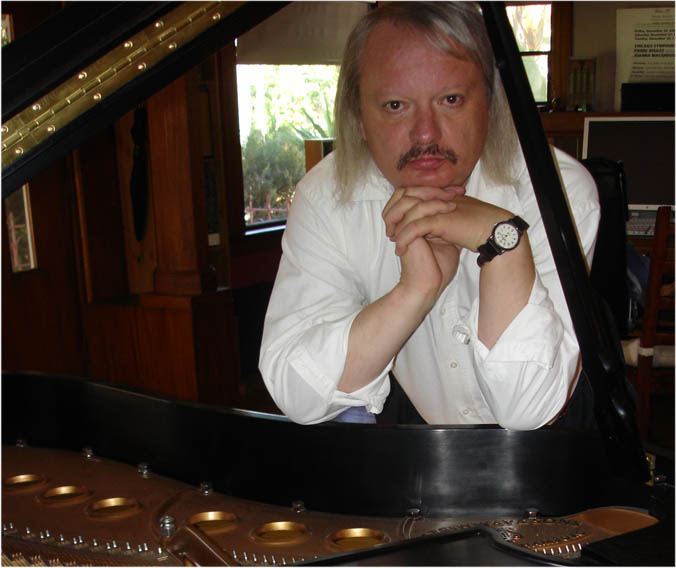Anthèmes 2 (1997), by Pierre Boulez, has evolved from Anthèmes, a substantially shorter piece for solo violin.
Andrew Gerzso has for many years been the composer’s chief collaborator on works involving live electronics and the two men regularly discuss their work together. He describes the way in which all the nuances in this nucleus of works were examined in the studio in order to find out which elements could be electronically processed and differentiated. As a result, the process of expanding these works is based not only on abstract structural considerations (such as the questions as to how it may be possible to use electronic procedures to spatialize and to merge or separate specific complexes of sound),but also on concrete considerations bound up with performing practice: in a word, on the way in which the instrument’s technical possibilities may be developed along figurative lines.
As a result, Anthèmes 2 provides us with both an analysis and an interpretation of Anthèmes: it is a text in its own right and the same time a sub-text of the earlier piece.
[notes from the CD]


 Philippe Manoury
Philippe Manoury